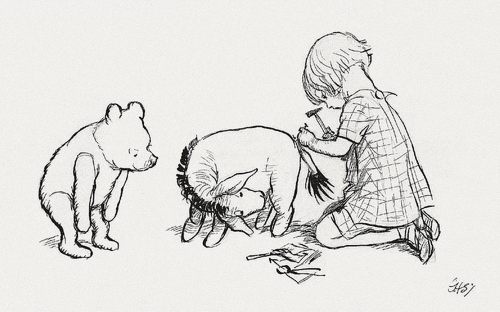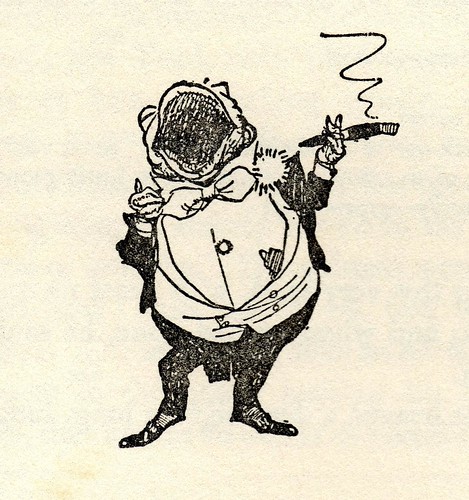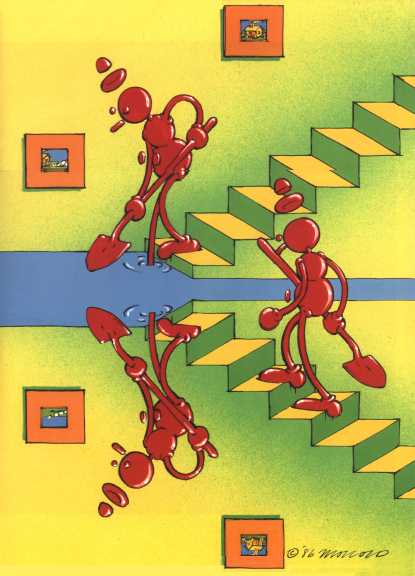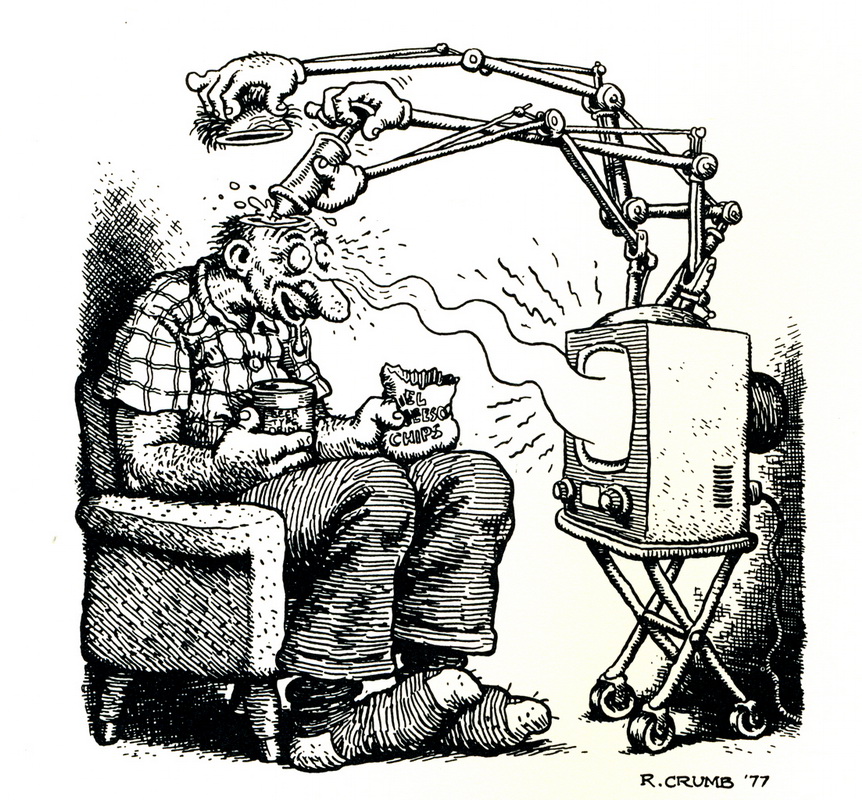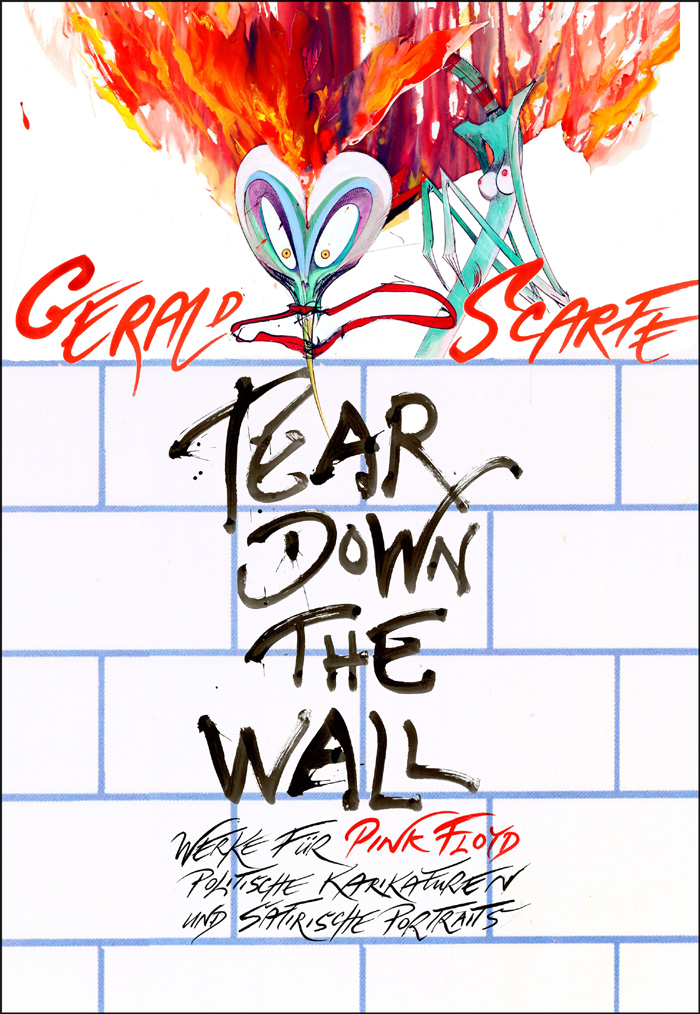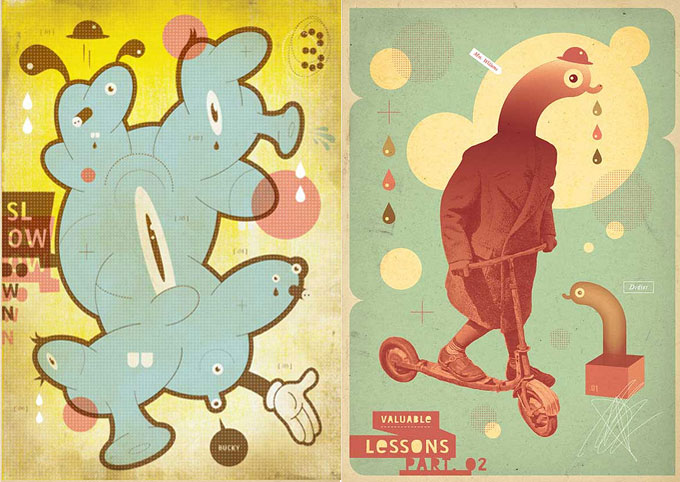Product Packaging

What is product packaging design?
Packaging is the science, art, and technology of enclosing or protecting products for distribution, storage, sale, and use. Packaging also refers to the process of design, evaluation, and production of packages. Packaging can be described as a coordinated system of preparing goods for transport, warehousing, logistics, sale, and end use. Packaging contains, protects, preserves, transports, informs, and sells.
"Packaging on a supermarket shelf has less than three seconds to grab the attention of a consumer."
Those three seconds are exceedingly important when you consider that more than 70% of purchasing decisions are made at the shelf. Add to this the fact that supermarkets can contain on average 40,000 packs to choose from, then that pack has got to work hard.
Sell the product
Protect the product
Facilitate the use of the product
Brief History of packaging
"The first packages used the natural materials available at the time: baskets of reeds, wineskins (bota bags), wooden boxes, pottery vases, ceramic amphorae, wooden barrels, woven bags, etc. Processed materials were used to form packages as they were developed: for example, early glass and bronze vessels. The study of old packages is an important aspect of archaeology.



The earliest recorded use of paper for packaging dates back to 1035, when a Persian traveler visiting markets in Cairo noted that vegetables, spices and hardware were wrapped in paper for the customers after they were sold.
The seeds of agriculture were sown between 11,000 and 12,000 years ago, creating the need for a more effective means of protecting seeds and harvested products. Glass, which emerged in the Far East some 5,000 years before Christ, was one invention destined to revolutionise man’s capacity to conserve and transport goods. At that time, glass was only used to make jewellery, but 1,000 years later the Egyptians used this material to create jars of all kinds.
In the Middle Ages, wooden barrels became the most frequently used way of preserving goods. They were used for storing all kinds of solids and liquids, protecting them from light, heat and dampness. Their considerable robustness allowed them to be transported on the perilous roads of the age and to be carried by boat. It was during the industrial revolution in Europe that packaging really took off. The vast range of products made available to the consumer brought about a change in lifestyle, providing consumers with greater choice and allowing trade to flourish. The need for packaging grew.
From then on, the rate of innovation accelerated. The Frenchman Nicolas Appert invented the can in 1810. Though it was made from glass rather than metal, it represented the birth of a long-term preservation method for food. Canned food was first put to the test by the army during the Crimean wars and during the American Civil War before it became available to consumers.
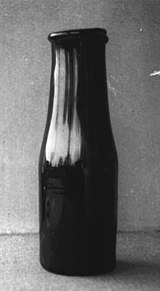
The seeds of agriculture were sown between 11,000 and 12,000 years ago, creating the need for a more effective means of protecting seeds and harvested products. Glass, which emerged in the Far East some 5,000 years before Christ, was one invention destined to revolutionise man’s capacity to conserve and transport goods. At that time, glass was only used to make jewellery, but 1,000 years later the Egyptians used this material to create jars of all kinds.
In the Middle Ages, wooden barrels became the most frequently used way of preserving goods. They were used for storing all kinds of solids and liquids, protecting them from light, heat and dampness. Their considerable robustness allowed them to be transported on the perilous roads of the age and to be carried by boat. It was during the industrial revolution in Europe that packaging really took off. The vast range of products made available to the consumer brought about a change in lifestyle, providing consumers with greater choice and allowing trade to flourish. The need for packaging grew.
From then on, the rate of innovation accelerated. The Frenchman Nicolas Appert invented the can in 1810. Though it was made from glass rather than metal, it represented the birth of a long-term preservation method for food. Canned food was first put to the test by the army during the Crimean wars and during the American Civil War before it became available to consumers.

Iron and tin plated steel were used to make cans in the early 19th century. The cardboard box emerged at the end of the 19th century, a simple yet revolutionary invention. An American, Robert Gair, had the bright idea of manufacturing in bulk a pre-cut cardboard panel which, once folded, would form a box. This made the transportation of goods much easier and the box became the most widely used method of packaging at the beginning of the century due to its very low price and ease of use. Today, boxes are used to supply us with fragile and high-tech equipment, such as video recorders and computers.

In 1920, the invention of transparent cellophane marked the beginning of the era of plastic. Polyethylene, the first plastic used for packaging, was discovered in 1933…by mistake! Aluminium foil, which came later, made it possible to effectively seal medications and other sensitive products.
Packaging advancements in the early 20th century included Bakelite closures on bottles, transparent cellophane overwraps and panels on cartons, increased processing efficiency and improved food safety. As additional materials such as aluminum and several types of plastic were developed, they were incorporated into packages to improve performance and functionality.
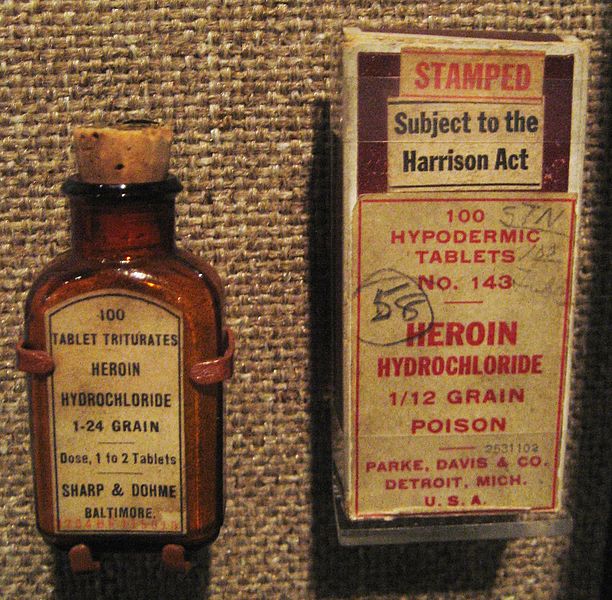

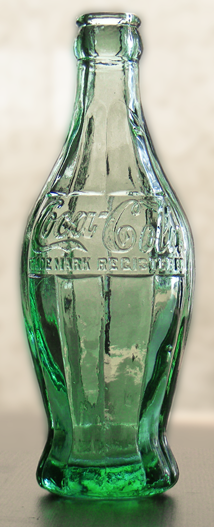
In 1952, Michigan State University became the first university in the world to offer a degree in packaging engineering.
In-plant recycling has long been common for production of packaging materials. Post-consumer recycling of aluminum and paper based products has been economical for many years: since the 1980s, post-consumer recycling has increased due to curbside recycling, consumer awareness, and regulatory pressure.
Many of the most prominent innovations in the packaging industry were developed first for military uses. Some military supplies are packaged in the same commercial packaging used for general industry. Other military packaging must transport materiel, supplies, foods, etc. under the most severe distribution and storage conditions. Packaging problems encountered in World War II led to Military Standard or "mil spec" regulations being applied to packaging, designating it "military specification packaging". As a prominent concept in the military, mil spec packaging officially came into being around 1941, due to operations in Iceland experiencing critical losses due to what the military eventually attributed to bad packaging solutions. In most cases, mil spec packaging solutions (such as barrier materials, field rations, antistatic bags, and various shipping crates) are similar to commercial grade packaging materials, but subject to more stringent performance and quality requirements.
As of 2003, the packaging sector accounted for about two percent of the gross national product in developed countries. About half of this market was related to food packaging.
Matt Leese, Director of colour management film Tag, believes it is important to engage consumers "through many channels with one clear message". He explains using the Apple example:
Though the example is used to death – Apple products embody this view perfectly. Jonathan Ive, their product designer, has as much of a handle on the packaging as the products. One could almost say that the packaging forms part of the product. The campaigns are entirely product led and therefore shows a great joined up story.

Structure of packaging
The structure of a pack can serve multiple purposes:
To create shelf standout and sell the product
To protect the product
To prolong the life of the product
To facilitate the use of the product
To reassure customers that it's part of a familar range
Designers create innovative and enticing packaging shapes using computer modelling and CAD visuals before they make mock ups to show how a pack might look and feel. While designing the structure of pack they will think about:
Creating standout - Some products are instantly recognisable simply from the silhouette of their pack.

Toblerone - Toblerone was created in 1908 by Theodor Tobler and his cousin Emil Baumann. Since then, the triangular Swiss chocolate has become so renound it can even afford to create a pack without the Toblerone name on it because the shape of the pack is so intertwined with the brand.
Protecting the product - The rigours of the supply chain are an often overlooked factor influencing packaging design. Whether it’s biscuits or perfume, packaging’s role is to ensure the product gets to the customer in the intended state. Therefore it is important to run trials to see how the pack performs in the supply chain. There’s no point rolling out a pack if it’s not going to make it to the supermarket shelf.
Making the product easier to use - A quick way to put consumers off a product is to make it totally impractical to use. Packaging design must incorporate functional aspects that allow the consumer to easily use what they buy. Take your average milk bottle, for example. First the consumer must be able to grip the bottle, then unscrew the cap before pouring the milk without it glugging and spilling everywhere. Without packaging designers continually improving on what we've got, this isn't always possible. Remember the trials of trying to prize open a tetrapak carton of milk or the frustration you felt at not being able to reseal the glass bottle once you'd popped off the foil top?
Some of the most popular packs are the simplest. Fairy Liquid has celebrated its fiftieth year this year. While it has since moved away from its original pack, people still have a strong affection for it – not least because of its connections to children’s TV programme Blue Peter. Ultimately, it is a simple pack with a flip-top cap and dimple grips, but it is fundamentally functional and therefore very appealing to the consumer.
Usability is even more important when you consider the pharmaceutical sector. In many case, packs must both be impenetrable by children and yet still be opened easily by older people or people with limited ability.
Jonathan Sand's ten golden rules for commissioning successful packaging design
Conduct a thorough audit of all competitors in your market before you start, and make sure you understand their respective positionings and attributes. Then create your own.
Look at what is happening in other markets, e.g. if you are just considering the UK or Europe, what is happening in the US or Far East that might give you a point of difference?
Put measures in place at the start so you can track and learn as you go, e.g. measure awareness of and attitude to your packaging now and in the future. A good research agency will tell you how to do this.
Choose a design agency based on its track record, not on price and get testimonials direct from at least three existing clients. Make sure you like them and feel you can work with them.
Be different and ensure your pack has its own visual equity and has a strong personality and attitude.
Make sure your pack works at all stages of its life cycle, from leaving the factory to ending up in the user's hands.
Protect your pack in terms of trademark law and copyright and make sure you're not infringing your competitors' rights.
Mock up how your pack would look alongside your competition. Test it in store and make sure it really does leap out at point of purchase.
Design with tomorrow in mind. Create a pack that is in keeping with current market trends and future trends.
Consider doing some pre-market testing to make sure your pack will find a willing audience. But be careful how you test it as consumers never quite know what they are looking for until someone shows them something new. Henry Ford once said: 'If I'd listened to what people wanted I’d have built a faster horse!'
FIREWOOD VODKA


Ginsters Reinterpretation


Blackbeard Rum

The Meat Up


COCOTTE Eggs

The Bees Knees

Prism Eyewear

Nike Shoe Stadium Packaging

Kleenex Creative Packaging


Medicom Pharma: Target Heavy Food


Scanwood Packaging Design

Smirnoff Vodka Packaging



Graphics and packaging design
Designers have two key tools to grab the consumers’ attention, graphics and structure.
Packaging graphics must do more than simply look pretty. They must work to cut through the white noise that is the crowded supermarket shelf, and attract a potential buyer. Once they attract a buyer's attention, packs don't stop working. Designers have to make sure they convey information, about how much they and their contents cost to buy, the ingredients they contain, and whether or not they can be recycled.
Packaging is also the medium many businesses exploit to convey their brand.
Colour

The first thing you remember about a brand may well be its colour. Think Cadbury's Dairy Milk purple, Coca-Cola's red or Guinness's black and cream. Colour makes your product recognisable and its important that any packaging designer's response to a brief conveys understanding on what the colours they use will convey, and whether they are going to sit with or challenge convention.
Sometimes the most-effective packs are the most simple. Multiple colours on a pack can be both distracting to the customer and costly to produce, which is why colour rationalisation is becoming increasingly popular.
Story
Building a story into the packaging of a product is becoming increasingly popular way to convey provenance and brand essence. Doing so allows consumers to connect with the product on an emotional level.
Cultural issues
When designing for different cultures, language, colour, texture, and sensitivity to visual imagery have to be considered. For instance, in some countries pictures animals on packs are consider unlucky or disrespectful.
Illustration
When designing pictures onto a piece of packaging, the feel and tone of illustration and photography should be clearly outlined in the brief from the brand.
Practical considerations like the printing process and substrate onto which the image is going to be printed will also affect how illustrations or photographs are designed onto a pack.
Colour

The first thing you remember about a brand may well be its colour. Think Cadbury's Dairy Milk purple, Coca-Cola's red or Guinness's black and cream. Colour makes your product recognisable and its important that any packaging designer's response to a brief conveys understanding on what the colours they use will convey, and whether they are going to sit with or challenge convention.
Sometimes the most-effective packs are the most simple. Multiple colours on a pack can be both distracting to the customer and costly to produce, which is why colour rationalisation is becoming increasingly popular.
Story
Building a story into the packaging of a product is becoming increasingly popular way to convey provenance and brand essence. Doing so allows consumers to connect with the product on an emotional level.
Cultural issues
When designing for different cultures, language, colour, texture, and sensitivity to visual imagery have to be considered. For instance, in some countries pictures animals on packs are consider unlucky or disrespectful.
Illustration
When designing pictures onto a piece of packaging, the feel and tone of illustration and photography should be clearly outlined in the brief from the brand.
Practical considerations like the printing process and substrate onto which the image is going to be printed will also affect how illustrations or photographs are designed onto a pack.
Matt Leese, Director of colour management film Tag, believes it is important to engage consumers "through many channels with one clear message". He explains using the Apple example:
Though the example is used to death – Apple products embody this view perfectly. Jonathan Ive, their product designer, has as much of a handle on the packaging as the products. One could almost say that the packaging forms part of the product. The campaigns are entirely product led and therefore shows a great joined up story.

Structure of packaging
The structure of a pack can serve multiple purposes:
To create shelf standout and sell the product
To protect the product
To prolong the life of the product
To facilitate the use of the product
To reassure customers that it's part of a familar range
Designers create innovative and enticing packaging shapes using computer modelling and CAD visuals before they make mock ups to show how a pack might look and feel. While designing the structure of pack they will think about:
Creating standout - Some products are instantly recognisable simply from the silhouette of their pack.

Toblerone - Toblerone was created in 1908 by Theodor Tobler and his cousin Emil Baumann. Since then, the triangular Swiss chocolate has become so renound it can even afford to create a pack without the Toblerone name on it because the shape of the pack is so intertwined with the brand.
Protecting the product - The rigours of the supply chain are an often overlooked factor influencing packaging design. Whether it’s biscuits or perfume, packaging’s role is to ensure the product gets to the customer in the intended state. Therefore it is important to run trials to see how the pack performs in the supply chain. There’s no point rolling out a pack if it’s not going to make it to the supermarket shelf.
Making the product easier to use - A quick way to put consumers off a product is to make it totally impractical to use. Packaging design must incorporate functional aspects that allow the consumer to easily use what they buy. Take your average milk bottle, for example. First the consumer must be able to grip the bottle, then unscrew the cap before pouring the milk without it glugging and spilling everywhere. Without packaging designers continually improving on what we've got, this isn't always possible. Remember the trials of trying to prize open a tetrapak carton of milk or the frustration you felt at not being able to reseal the glass bottle once you'd popped off the foil top?
Some of the most popular packs are the simplest. Fairy Liquid has celebrated its fiftieth year this year. While it has since moved away from its original pack, people still have a strong affection for it – not least because of its connections to children’s TV programme Blue Peter. Ultimately, it is a simple pack with a flip-top cap and dimple grips, but it is fundamentally functional and therefore very appealing to the consumer.
Usability is even more important when you consider the pharmaceutical sector. In many case, packs must both be impenetrable by children and yet still be opened easily by older people or people with limited ability.
Jonathan Sand's ten golden rules for commissioning successful packaging design
Conduct a thorough audit of all competitors in your market before you start, and make sure you understand their respective positionings and attributes. Then create your own.
Look at what is happening in other markets, e.g. if you are just considering the UK or Europe, what is happening in the US or Far East that might give you a point of difference?
Put measures in place at the start so you can track and learn as you go, e.g. measure awareness of and attitude to your packaging now and in the future. A good research agency will tell you how to do this.
Choose a design agency based on its track record, not on price and get testimonials direct from at least three existing clients. Make sure you like them and feel you can work with them.
Be different and ensure your pack has its own visual equity and has a strong personality and attitude.
Make sure your pack works at all stages of its life cycle, from leaving the factory to ending up in the user's hands.
Protect your pack in terms of trademark law and copyright and make sure you're not infringing your competitors' rights.
Mock up how your pack would look alongside your competition. Test it in store and make sure it really does leap out at point of purchase.
Design with tomorrow in mind. Create a pack that is in keeping with current market trends and future trends.
Consider doing some pre-market testing to make sure your pack will find a willing audience. But be careful how you test it as consumers never quite know what they are looking for until someone shows them something new. Henry Ford once said: 'If I'd listened to what people wanted I’d have built a faster horse!'
FIREWOOD VODKA


Ginsters Reinterpretation


Blackbeard Rum

The Meat Up


COCOTTE Eggs

The Bees Knees

Prism Eyewear

Nike Shoe Stadium Packaging

Kleenex Creative Packaging


Medicom Pharma: Target Heavy Food


Scanwood Packaging Design

Smirnoff Vodka Packaging









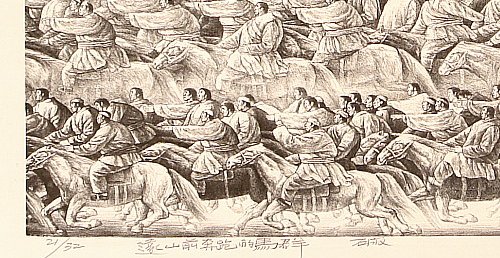
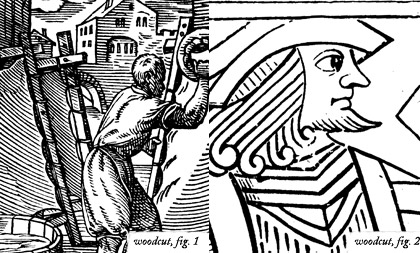



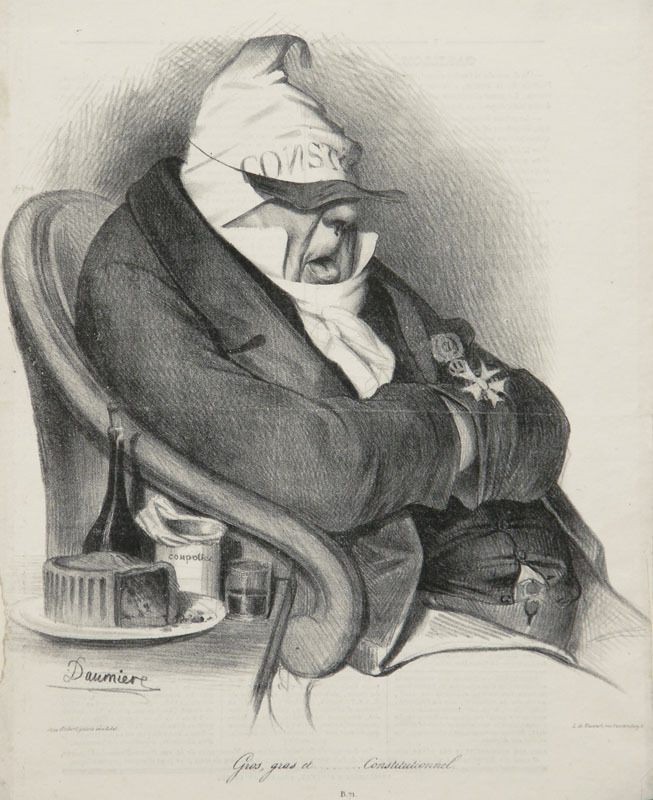


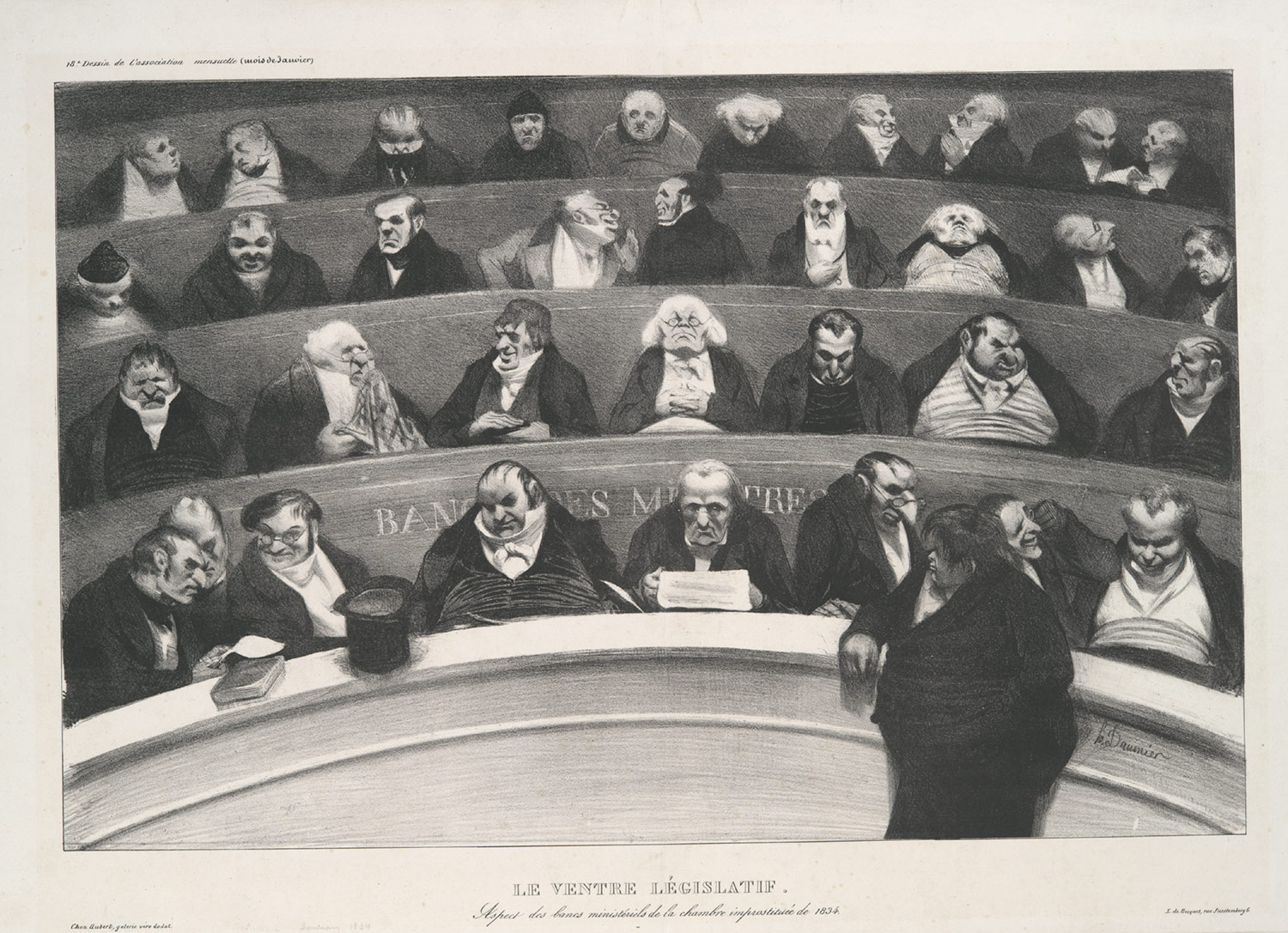



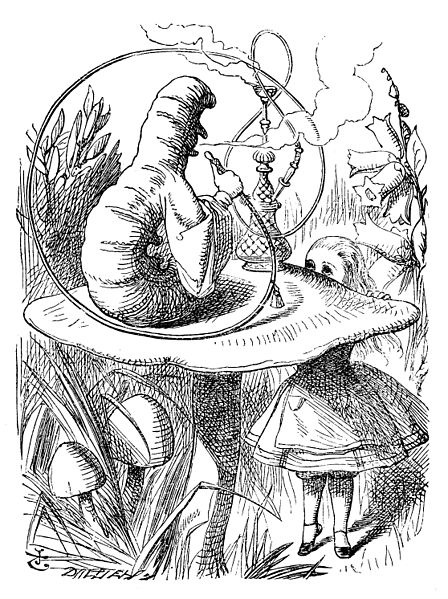

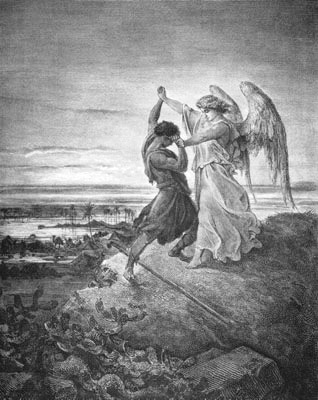
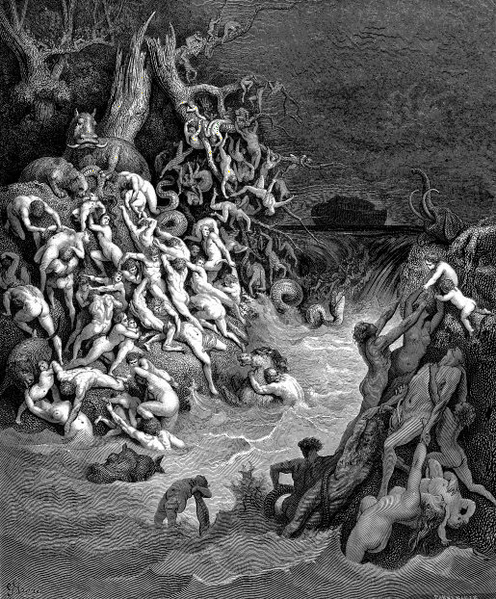
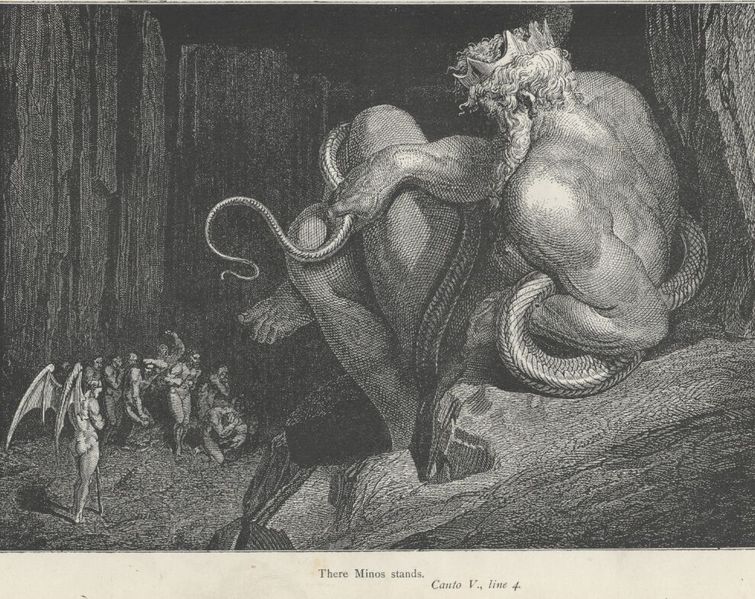
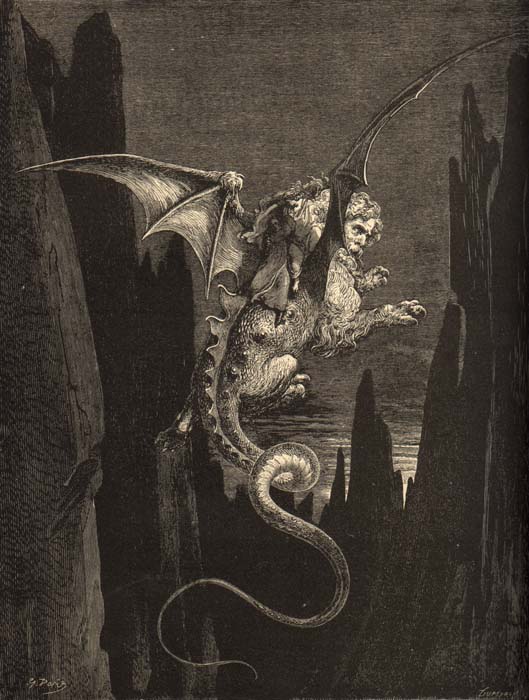



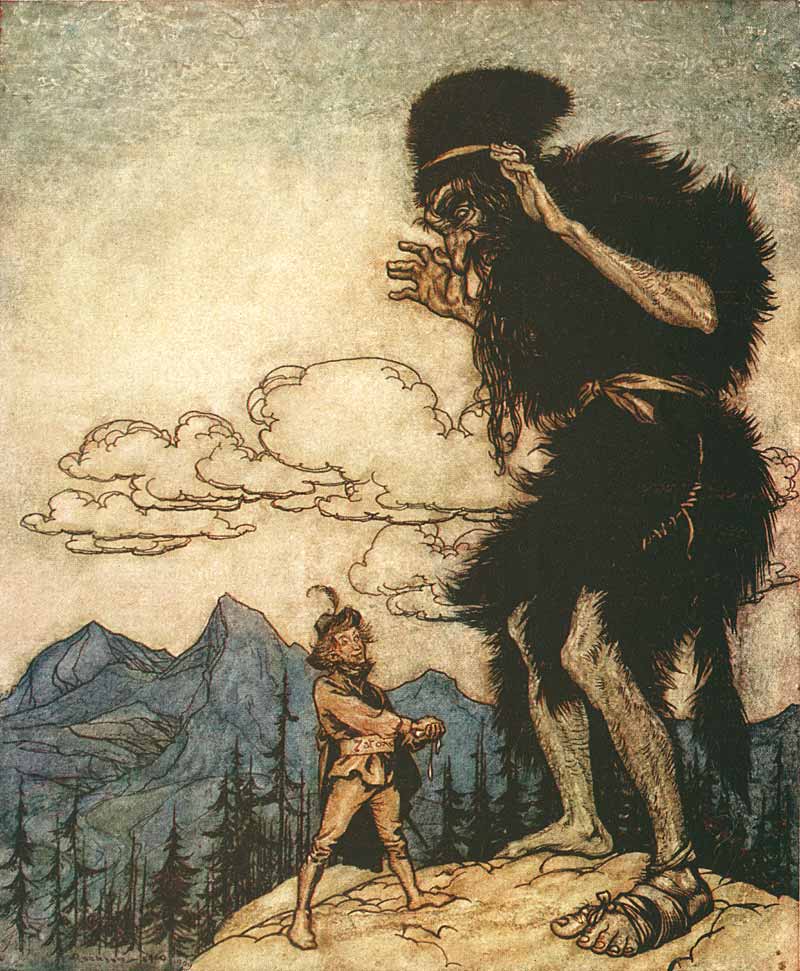


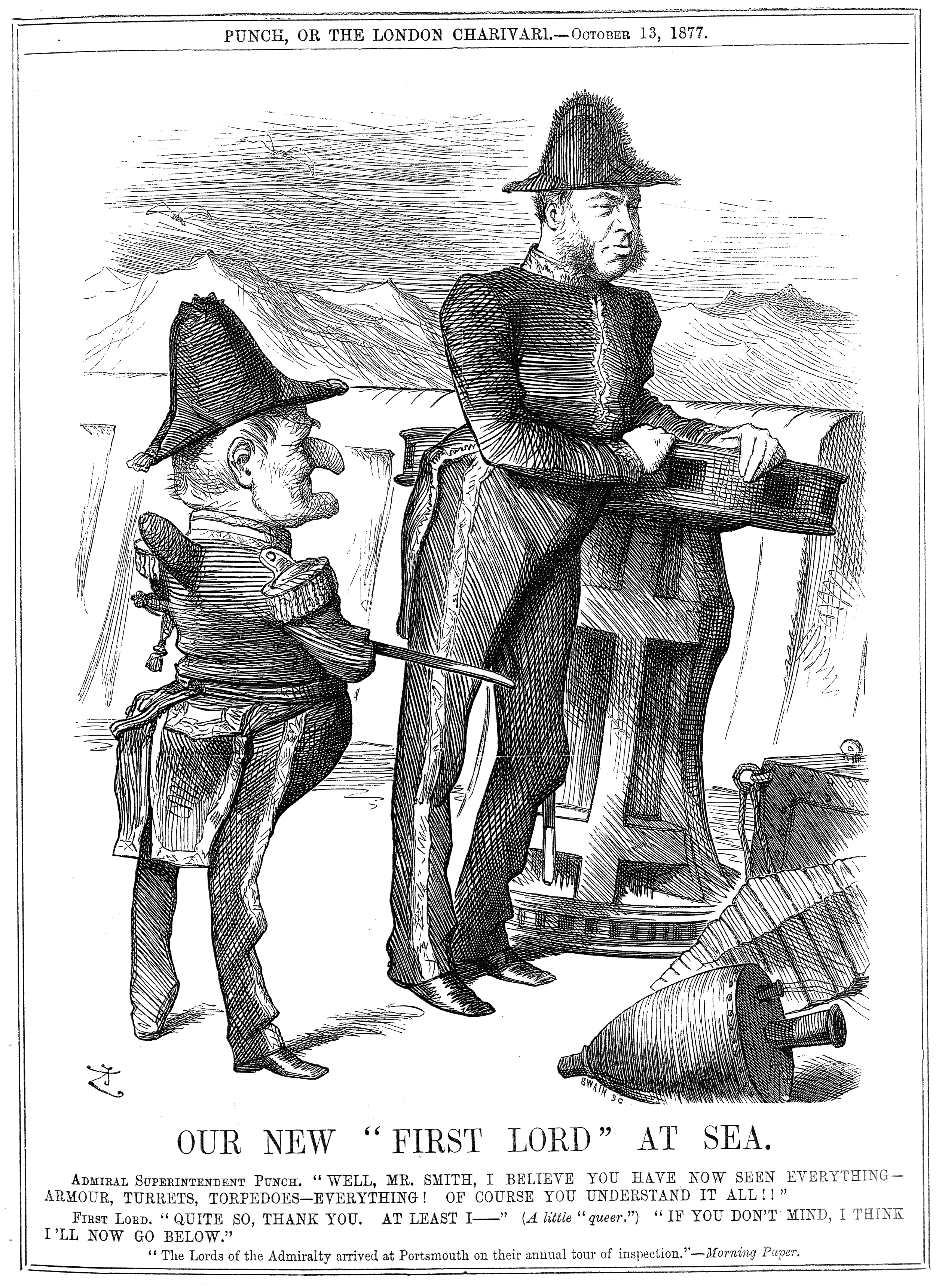
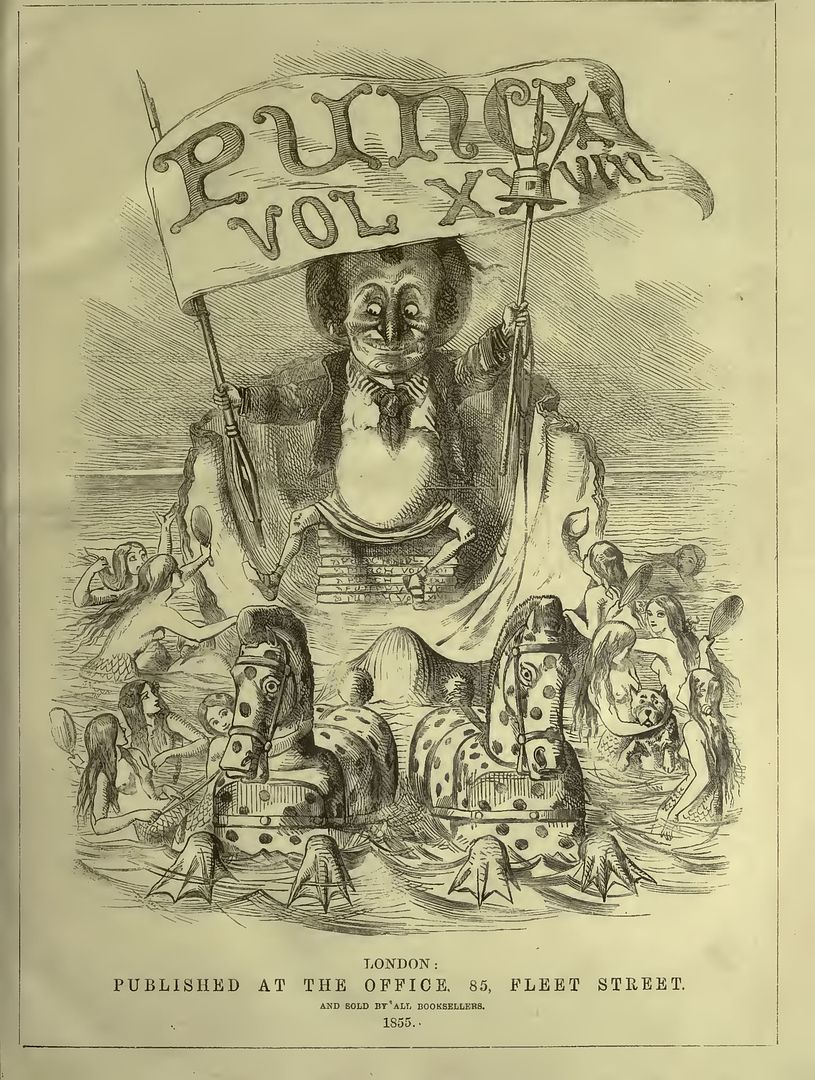



.jpg)
.jpg)









